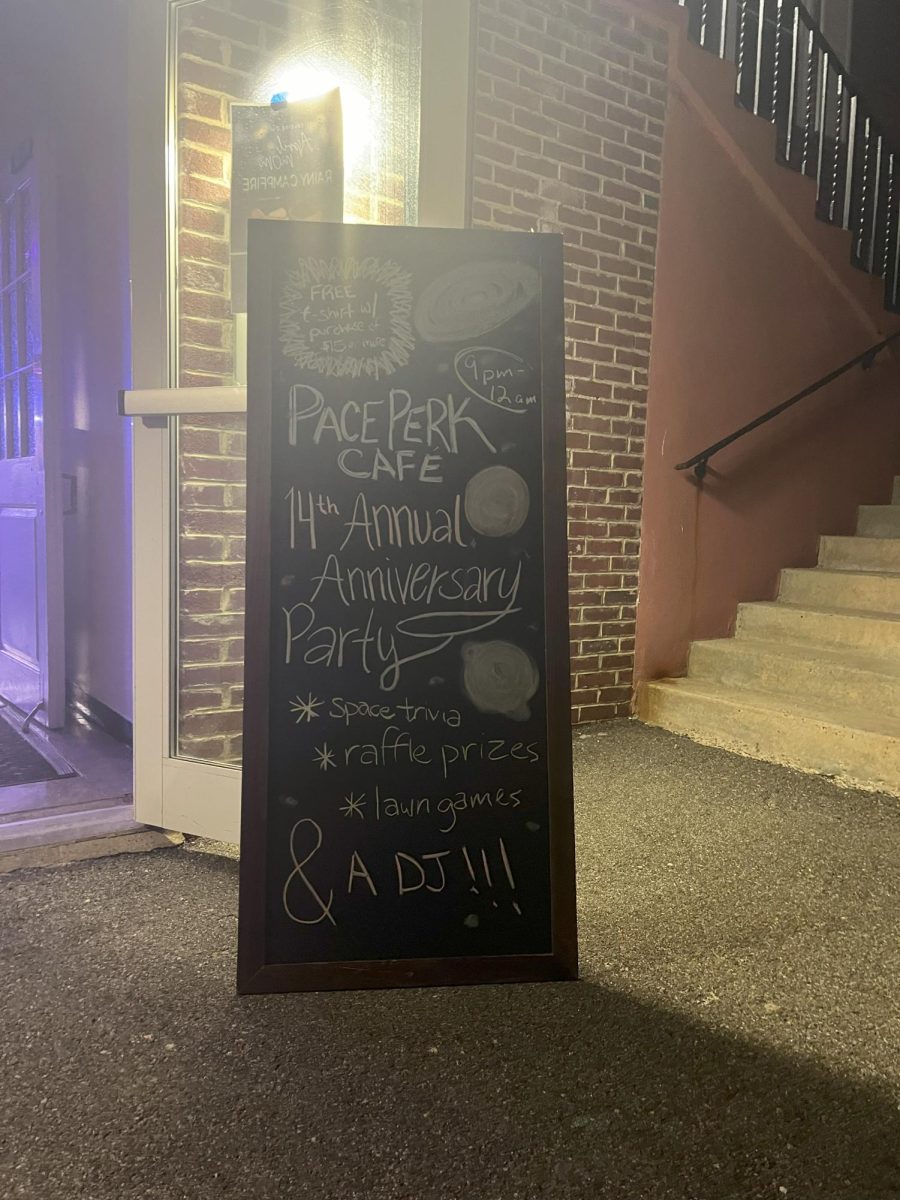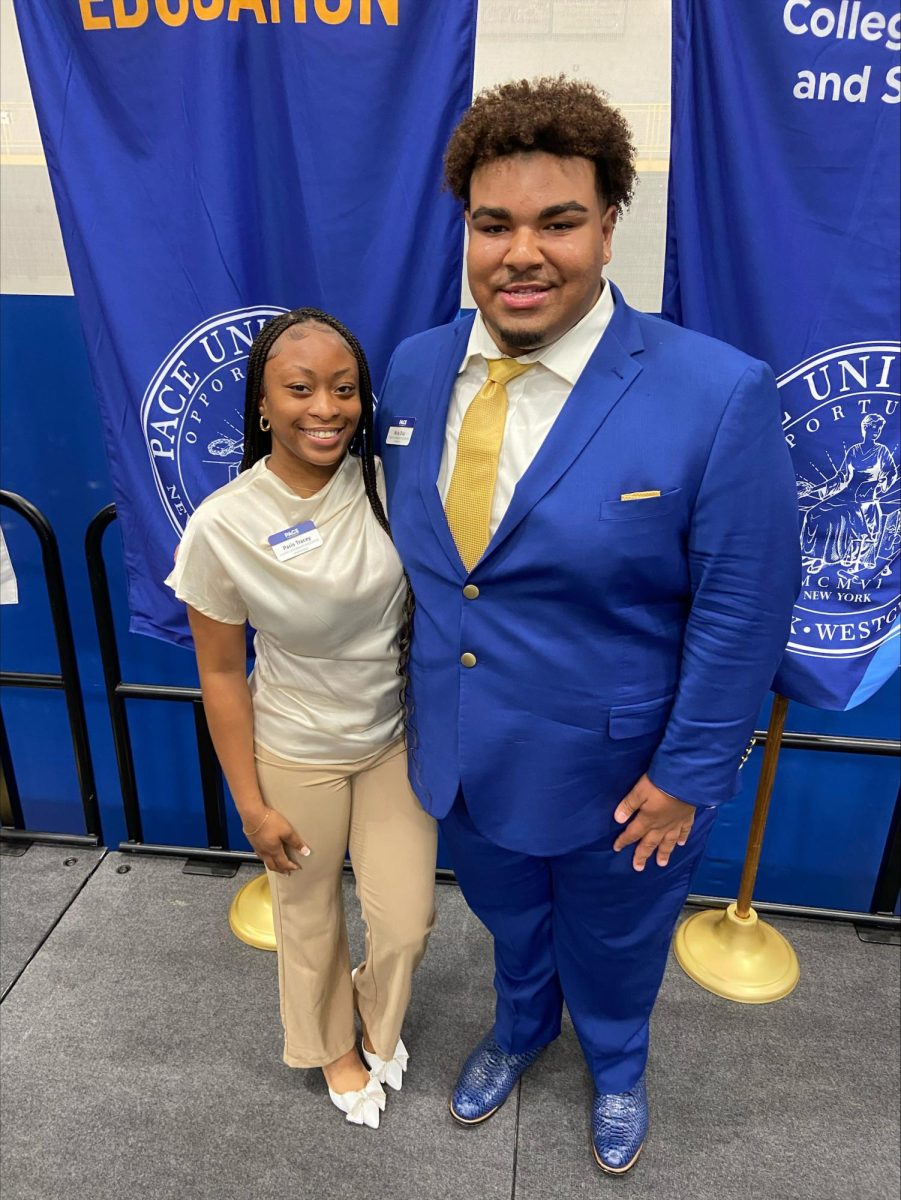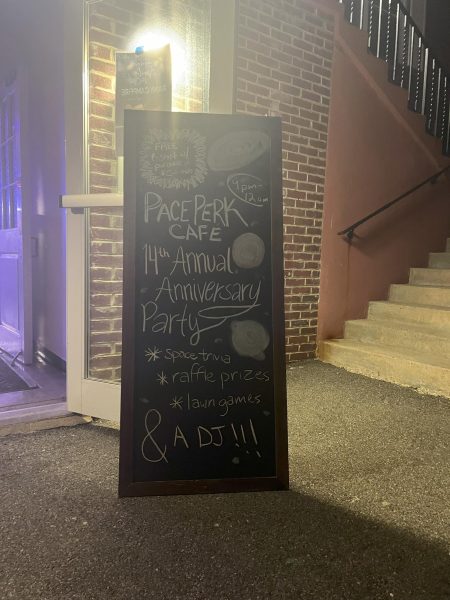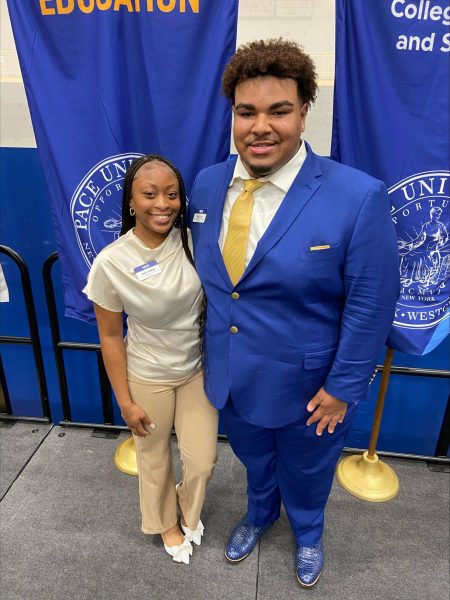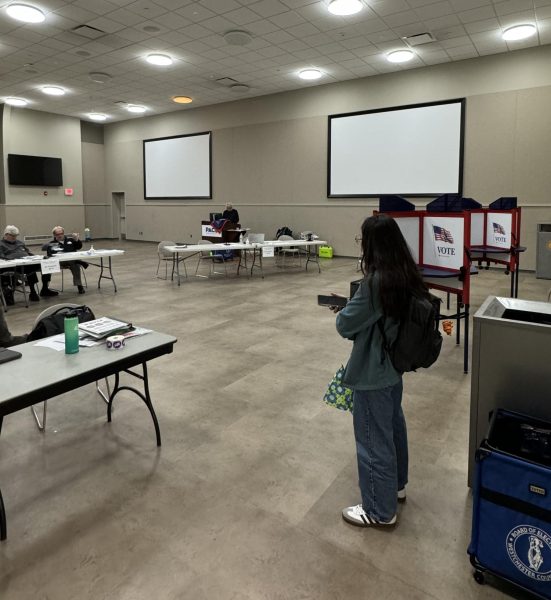Walk the Walk: Welcome to the Masterplan
September 18, 2014
According to Dean for Students, Lisa Bardill Moscaritolo, “The objective [of the Master Plan] is to have more pedestrian pathways…and [reduce] the dependence of automobiles on campus. Essentially, the Pace Pleasantville campus is turning into a walking campus.” Pace’s change to a pedestrian-friendly campus will bring students certain health benefits.
Rachel Carpenter, Assistant Dean for Assessment and Planning and Director of Student Development and Campus Activities, explained that when campuses look at design, they consider interaction, aesthetic appeal, involvement, and promoting a sense of community.
Past research has suggested social communities can make for healthier people. Center for Rural Affairs writer, Julia Hudson, wrote, “policies designed to assist communities to build environments that encourage preventive lifestyles, like exercising, have the potential to significantly improve the health and quality of life of rural people.”
From another perspective, a pedestrian-friendly campus means one positive effect is certain; faculty and students will be doing a lot more walking.
The Center for Disease Control and Prevention (CDC) reports only 13 percent of children walk to school today compared to 66 percent in 1970, a significant and unfortunate decline.
Senior criminal justice, pre-law major, Tameka Bazile, commented, “I definitely don’t walk enough. I realize that most campuses are walking-friendly campuses, and we were spoiled enough throughout the years to have parking close to the buildings we have classes in and spend time in.”
Physically, walking has been known to burn body fat, prevent type two diabetes, supplement rehabilitation from heart attack and stroke, improve posture, and more. In addition, there are mental and emotional benefits, which may vary from person to person. Whether one prefers solitary walks or walking with a group, the activity can increase mental alertness, improve memory, elevate self-esteem, and relieve symptoms of sleep disorders, to list a few.
Along with physical benefits of a pedestrian-friendly campus, there appears to be a social and emotional benefit, a strengthened sense of community.
As Rachel Carpenter said, “There are approximately 2,200 full-time, undergraduate students on this campus. We should have the kind of community where a majority of people walking on campus looks familiar to you even if you do not know them personally. It is like a family–you have immediate family, extended family, and sometimes very extended family members.”



